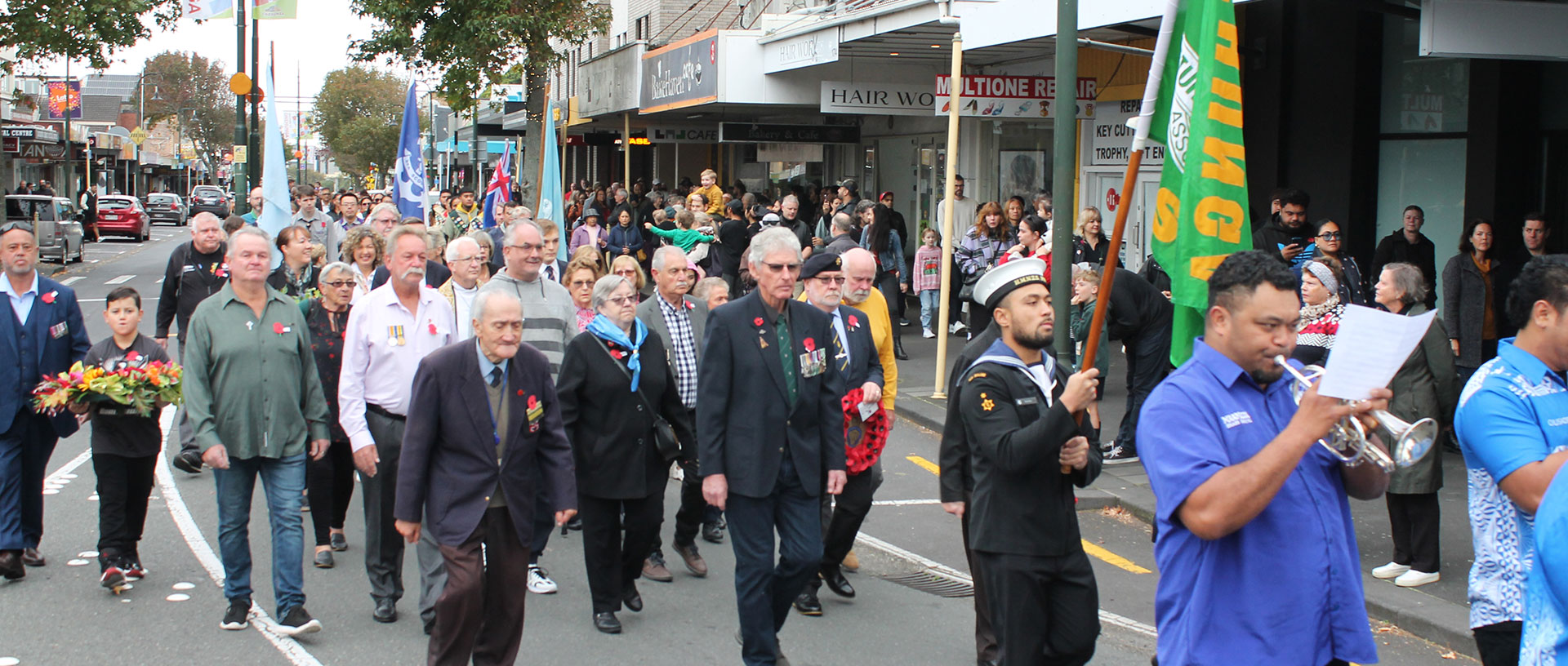Sinking funds and rising tides2 min read
Reading Time: 2 minutes
The Onehunga Lagoon is a haven for water lovers and pets alike, but behind its calm exterior lie faulty tidal gates and the urgent need for dredging.
The lagoon has not been dredged since its inception in 1980, leaving it susceptible to sediment buildup and a decreasing water level.
According to the Auckland Council, there is no money to dredge it. However, there is money to repair the faulty tidal gates, damaged in the adverse weather events in early 2023, and they should be fully operational by the end of May.
The council says, “contractors rewired the gate’s circuit board in preparation for installation of the new motor and ram. Once installed, remote access will be programmed to enable more efficient offsite control of the gate.”
Leader of the Aotea Sea Scouts, Stephen Lasham, voiced frustration over the state of the lagoon.
“We contact the council whenever we need the lagoon filled, but often find it empty upon arrival. Their response typically cites broken tidal gates.”
Stephen says the lagoon is in dire need of dredging. Last year, he arranged an event attracting scouts from as far as Whangārei for a canoe carnival. But when he arrived at the lagoon, he found it empty. Even though the canoe carnival was abandoned, some adventurous scouts attempted a mud run, with one sustaining a severe cut from hidden debris.
“We recently attempted sailing our Optimists on the lagoon during high tide, but encountered problems with dagger boards getting stuck in the mud. It is really awkward having to continually hold the dagger boards at half way to enable the boats to move forward,” says Stephen.
Dredging is often done to remove sediment and debris from bodies of water, like lagoons, to maintain depth and improve water quality. The General Manager of Healthy Waters for the Auckland Council, Craig Mcilroy, says, “As a means of forward planning to reduce sediment, increase depth and for general maintenance purposes, plans for a resource consent application to dredge has been proposed for future work programming, should funding be available.”
The council says dredging won’t solve the lagoon’s decreasing water level, as it’s subject to tidal action. Flooding in nearby low-lying areas, like Beachcroft Avenue, isn’t tied to the lagoon’s water levels either.
“Rainwater naturally collects in low-lying areas so nearby streets are flooded by rainfall rather than seawater from the lagoon. So an increased capacity of the lagoon will not prevent flooding on the street.”


